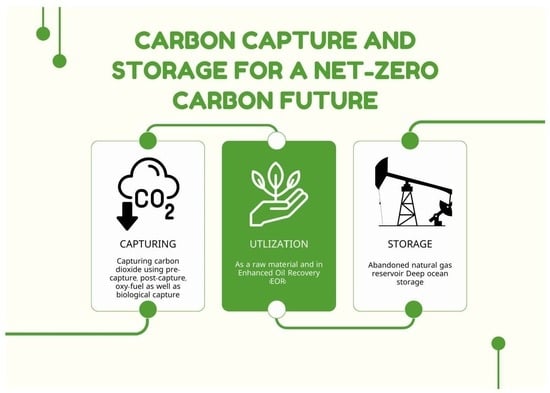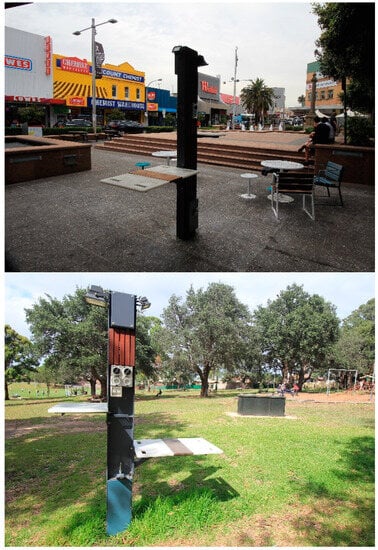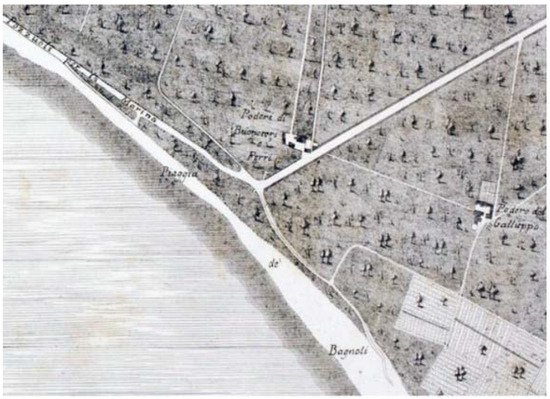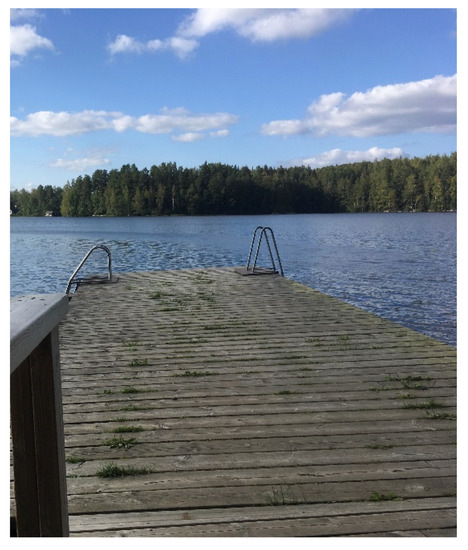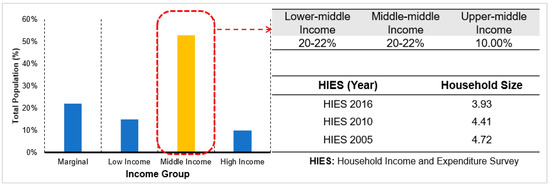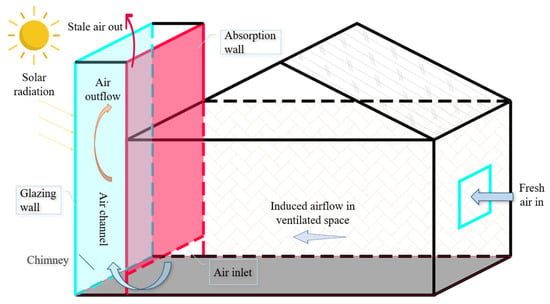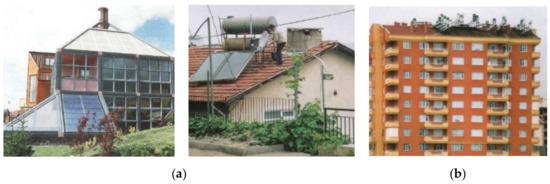Encyclopedia of ZEMCH Research and Development
A topical collection in Encyclopedia (ISSN 2673-8392). This collection belongs to the section "Engineering".
Viewed by 104253Editors
Interests: ZEMCH Network; zero energy mass customized housing design engineering; environmental experience design analysis; mass personalization; machine learning; value analysis; vertical subdivision plug-in housing system
Special Issues, Collections and Topics in MDPI journals
Interests: building automation; ecological design; universal design; smart home; vernacular architecture; wooden architecture; life cycle assessment
Special Issues, Collections and Topics in MDPI journals
Interests: mass customisation; lean construction; design management; BIM; social housing development; healthcare projects
Special Issues, Collections and Topics in MDPI journals
Interests: climate change projections; building energy; energy use intensity; energy efficiency gap; multi-objective optimisation; energy transitions; renewable energy and technologies; socio-technical-systems; sustainable materials and technologies; sustainability; system dynamics; thermal comfort; urban climate modelling
Special Issues, Collections and Topics in MDPI journals
Interests: sustainable architecture and urbanism; energy modeling; renewable energy; built environment and health, environmental psychology; embodied energy
Special Issues, Collections and Topics in MDPI journals
Interests: photovoltaic/thermal (PV/T); building-integrated PV/T (BIPVT); zero energy buildings; vaccuum insulation panel (VIP)
Special Issues, Collections and Topics in MDPI journals
Interests: high-performance buildings; building integration technology; passive and active buildings energy systems; building integrated photovoltaic; energy efficiency under extreme hot climate; green building certification; building integrated agriculture; human factors in the built environment; environmental experience design; design for health and wellbeing
Special Issues, Collections and Topics in MDPI journals
Interests: retrofitting; renewable energy; innovative technology; indoor environmental comfort; lighting system; sustainability planning; architectural design
Special Issues, Collections and Topics in MDPI journals
Interests: building sustainability; retrofit; adaptive reuse
Special Issues, Collections and Topics in MDPI journals
Interests: traditional housing; socio-economic sustainability; sustainable built environment; habitat design; building performance evaluation; energy efficient building
Special Issues, Collections and Topics in MDPI journals
Topical Collection Information
Dear Colleagues,
We are pleased to invite you to this ZEMCH design engineering knowledge depository, in which the term ZEMCH stands for zero energy mass custom home. Designing built environments is influential. Homes need to be mass-customised to accommodate today’s diverse needs and demands of individuals and societies for humans’ sound living conditions and activities. Social justice and climatic change within built environments in global contexts are a significant part of ZEMCH R&D action. Due to growing housing needs and demands, the global market required the initiation of the ZEMCH R&D movement so as to ensure the delivery of socially, economically, environmentally, and humanely sustainable built environments to privileged and unprivileged families, communities, and nations that are sharing our common future.
This Collection aims to encompass a wide spectrum of ZEMCH research and development knowledge that concerns design engineering, construction management, material innovation, renewable energy technology, community planning, marketing strategy, and education.
Dr. Masa Noguchi
Prof. Dr. Antonio Frattari
Prof. Dr. Carlos Torres Formoso
Prof. Dr. Haşim Altan
Dr. John Odhiambo Onyango
Prof. Dr. Jun-Tae Kim
Prof. Dr. Kheira Anissa Tabet Aoul
Dr. Mehdi Amirkhani
Prof. Dr. Sara Jane Wilkinson
Prof. Dr. Shaila Bantanur
Collection Editors
Manuscript Submission Information
Manuscripts should be submitted online at www.mdpi.com by registering and logging in to this website. Once you are registered, click here to go to the submission form. Manuscripts can be submitted until the deadline. All submissions that pass pre-check are peer-reviewed. Accepted papers will be published continuously in the journal (as soon as accepted) and will be listed together on the collection website. Research articles, review articles as well as short communications are invited. For planned papers, a title and short abstract (about 100 words) can be sent to the Editorial Office for announcement on this website.
Submitted manuscripts should not have been published previously, nor be under consideration for publication elsewhere (except conference proceedings papers). All manuscripts are thoroughly refereed through a single-blind peer-review process. A guide for authors and other relevant information for submission of manuscripts is available on the Instructions for Authors page. Encyclopedia is an international peer-reviewed open access quarterly journal published by MDPI.
Please visit the Instructions for Authors page before submitting a manuscript. The Article Processing Charge (APC) for publication in this open access journal is 1000 CHF (Swiss Francs). Submitted papers should be well formatted and use good English. Authors may use MDPI's English editing service prior to publication or during author revisions.
Keywords
- zero energy mass custom home
- sustainable community
- design engineering
- construction technology
- marketing strategy
- value management
- planning analysis
- prefabrication
- housing affordability
- occupant health and wellbeing












